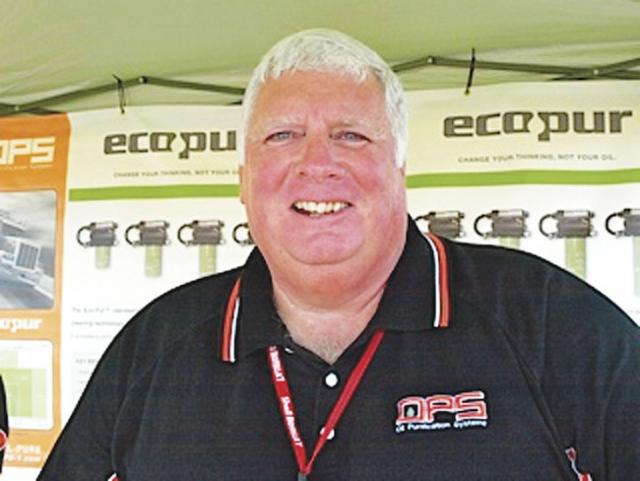Understanding Oil Contaminants

When I tested my oil at Caterpillar it didn’t match the results from the sample I shipped to the lab for analysis. How could the same oil sample taken at the same time result in different results?
It is not easy to comprehend why two oil samples taken at the same time would not produce the exact same results when sent to the lab. It is even more confusing when you send these samples to two or three labs and the results are all over the board. The answer lies in the fact that results are based on testing procedures that vary based on equipment utilized for analysis and the calibration of the equipment.
The labs are required to use test samples to verify the equipment is properly calibrated to the standard produced by the American Society of Testing and Materials (ASTM). The test samples will however lose potency over time and provide a small range of results that the equipment must meet to validate the accuracy of the oil samples. A slight calibration variation could produce higher or lower readings when reporting wear metals parts per million for example.
When you send two samples to one lab it does not mean that each sample would be tested on the same piece of equipment. Larger labs require numerous machines to meet daily volume. Desktop labs may use the same equipment but any residue left from previous sample could affect results slightly. You will most likely see larger differences when sending two identical samples to two different analysis companies. You should however see statistically similar increases or decreases in the parts per million for each contaminant between recent and previous sample results. If Lab1 shows iron for example at 40ppm increasing to 60ppm (+50%), Lab 2 should have a similar increase from their previous read of 32ppm to 48ppm .
Fuel dilution is an area we always see variances between labs far greater than the contaminant metals or additive packages. This is due to the type of testing the lab utilizes. Fuel dilution is usually tested using Fournier Transform Infrared Spectroscopy (FTIR) by passing light through a fixed thickness of oil and measuring the absorption rates compared to virgin oil. Some labs will not run any fuel dilution tests if the viscosity for the oil you are using conforms to the SAE range for the grade of oil you are using. You will usually notice fuel dilution indicated on report as < 1 or < 2 on sample report. . If you receive a report that shows fuel <2% and you use a viscosity improver there may actually be up to 10% fuel in oil and lab based the results from viscosity that is in normal range. You will get more accurate results using a lab that use Gas Chromatography (GC) to analyze fuel dilution. GC analysis separates chemicals in the oil and analyses the gas they emit to improve the analysis process.
Here is a tip to lower soot levels: as summer approaches and the heat begins to increase it is a good time to watch your soot levels closely. Soot is improperly or unburned fuel. Increases in soot levels can come from a few different areas; improper fuel to air ratios, bacteria (BUGS) in fuel, exhaust restrictions and improper fuel pressure or flow. The summer brings more dust that clogs air filters and restricts air flow and the increased heat provides an ideal environment for the bacteria growth that contaminates fuel, clogs fuel filters and reduces combustion creating additional soot. I only mention this because each year I have drivers who tell me that they haven’t changed anything mechanically and they are seeing increases in soot. Check the tank for bugs by drawing some fuel from the tank with a tube and drop it on a white paper towel. If you see black/green slimy dots it is bacteria or bugs. Get a biocide at the nearest truck stop and treat the tanks. Carry additional fuel filters because the dead bacteria will fill the fuel filters quickly.
If you are making plans to attend the Great American Truck Show in Dallas Aug 23-25, please make sure you stop by the OPS-Oil Purification Systems booth # 1117
